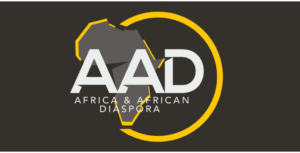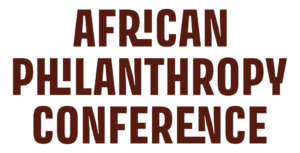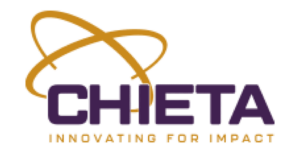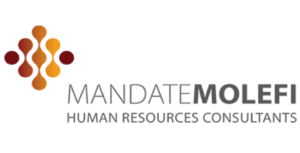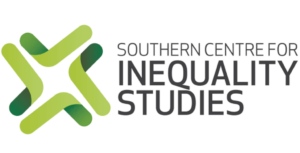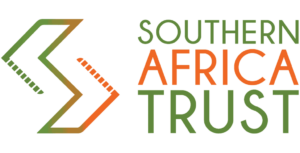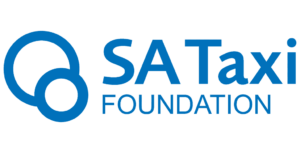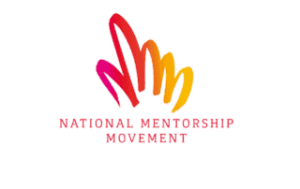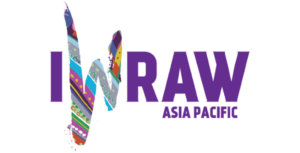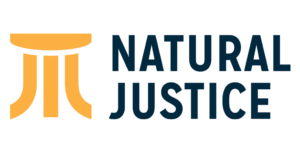The Good, the Bad, and the In-Between of Automated Translation
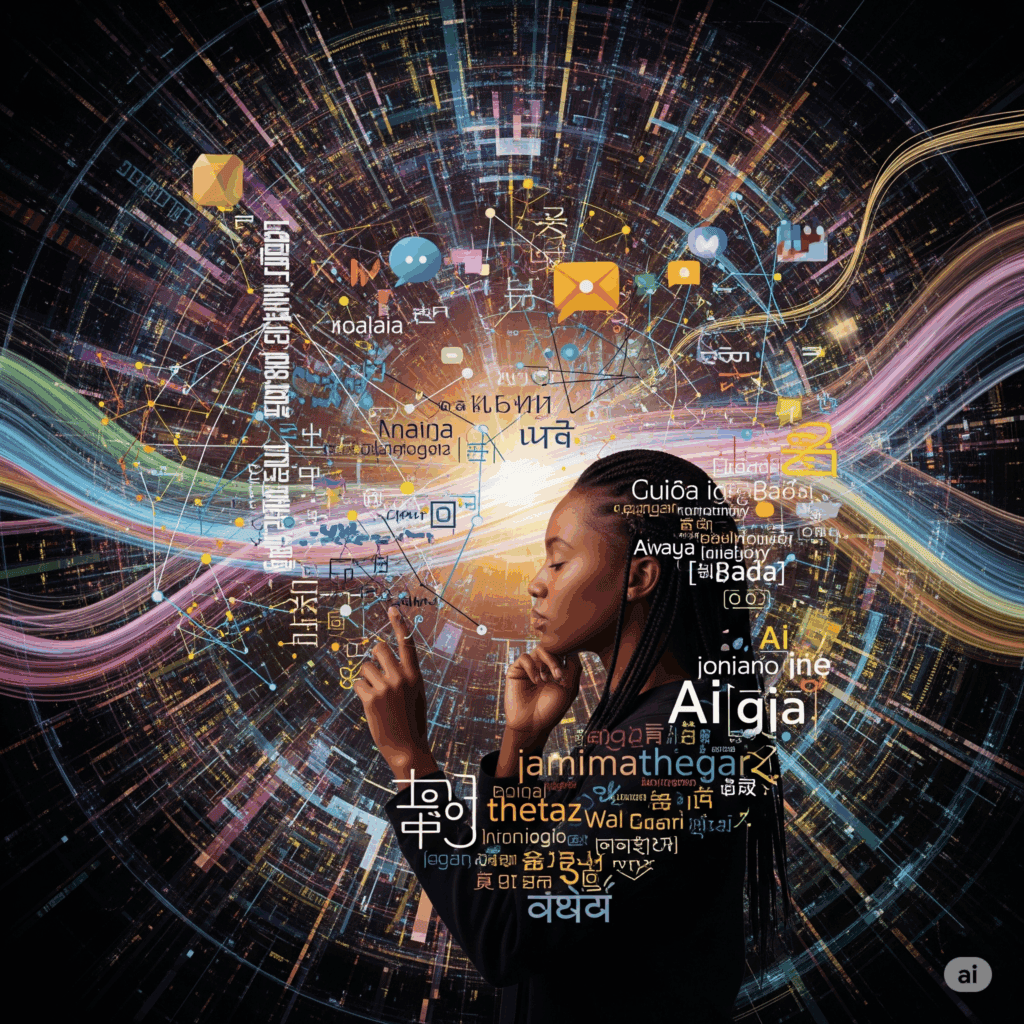
The Good, the Bad, and the In-Between of Automated Translation
For development organisations working across the Global South, bridging communication gaps is not just about efficiency; it’s about justice, inclusion, and empowering communities. In our increasingly interconnected world, automated translation tools have emerged as a powerful, yet complex, instrument in this endeavor. At Stractiv8 Agency, we’re constantly exploring how technology can serve humanitarian and development goals, and understanding the nuances of automated translation is crucial for practitioners striving for language justice.
The Good: Breaking Down Barriers and Scaling Reach
The immediate appeal of automated translation lies in its ability to quickly and cheaply overcome language barriers, opening up avenues for communication that were once costly and time-consuming. Imagine vital public health information reaching remote villages in their local dialect, or project proposals being understood by a broader range of stakeholders in multilingual settings. Leading automated translation software like Google Translate, DeepL, Microsoft Translator, and Amazon Translate have become ubiquitous, leveraging advanced Artificial Intelligence (AI) and neural machine translation (NMT) to process vast amounts of data and generate increasingly fluent translations. These tools can handle large volumes of text almost instantaneously, making them invaluable for urgent communication or preliminary understanding.
“Automated translation has been a game-changer for disseminating basic information rapidly,” shares Dr. Anya Sharma, a Public Health Specialist working in rural India. “Before, getting health advisories translated into all the regional languages we work with was a logistical nightmare. Now, with tools like Google Translate, we can get a first draft out quickly, allowing our teams on the ground to begin initial outreach much faster.” This speed and reach are undeniable advantages, particularly when dealing with urgent humanitarian responses or large-scale awareness campaigns. Moreover, automated translation can foster greater participation. When project documents, surveys, or feedback mechanisms are available in multiple languages, it empowers individuals who might otherwise be excluded due to language barriers. This aligns directly with the principles of language justice – ensuring everyone has the right to communicate, understand, and be understood in the language they are most comfortable with.
The Bad: When Nuance Gets Lost in Translation – The Persistent Flaws of Complexity
However, the promises of automated translation come with significant caveats. While AI development has vastly improved the output of these tools, inherent limitations persist because languages are, by their very nature, profoundly complex. Automated systems, no matter how sophisticated, often struggle with the subtleties that human intelligence grasps effortlessly.
A common pitfall is the literal translation of idioms, metaphors, or culturally specific phrases, leading to nonsensical or even offensive outputs. Mr. Kwame Nkosi, a Community Development Lead in Ghana, recounts a frustrating experience: “We were translating a document about traditional land rights using a popular online translator. It translated ‘ancestral spirits’ into something like ‘old ghosts,’ which completely undermined the reverence and cultural significance of the term. It was not just inaccurate; it was disrespectful.” Such errors can erode trust, misinform communities, and ultimately hinder project success.
Beyond cultural blunders, automated translation struggles with context, ambiguity, and specialised terminology. A single word can have multiple meanings depending on the surrounding context, and AI models, despite their progress, can still misinterpret these nuances. Consider the English word “bank,” which can refer to a financial institution or the side of a river. Without a deep understanding of the sentence’s context, an automated tool might pick the wrong translation, leading to confusion.
Furthermore, language is constantly evolving, with new slang, jargon, and cultural references emerging regularly. AI systems are trained on historical data, and while they are continually updated, they can lag behind the dynamic nature of living languages. This means they might not recognise or correctly translate the very latest linguistic trends or specific community dialects, making their output feel dated or slightly off to native speaker1s. The subtle nuances of tone, sarcasm, irony, and emotion are also formidable challenges for AI, which operates on patterns rather than genuine comprehension of human experience.
The Bad: When Nuance Gets Lost in Translation – The Persistent Flaws of Complexity
So, where does this leave development practitioners? The truth is, automated translation occupies an “in-between” space – a valuable tool, but one that requires careful management and, crucially, human intervention. It’s not a magic bullet, but a powerful assistant.
“We tried relying solely on automated translation for some of our internal reports, even using advanced tools like DeepL which boasts high accuracy,” admits Ms. Elena Rodriguez, an M&E Specialist working across Latin America. “The gist was there, but the subtleties, the tone, and sometimes even the core meaning were lost. We ended up spending more time clarifying than if we had just done a human translation from the start.”
This sentiment underscores a growing consensus: automated translation is most effective when paired with human post-editing. This approach leverages the speed of machines for a first pass, then relies on human translators to refine, correct, and ensure accuracy, cultural appropriateness, and contextual relevance.
Leaning Towards Human-Based Editing for True Language Justice
For development organisations committed to language justice and inclusion, the path forward is clear: embrace automated translation as a starting point, but always conclude with human-based editing. Here’s why this hybrid approach is paramount:
- Accuracy and Nuance: Human editors can catch errors that machines miss, understand the subtleties of language, and ensure that the translated message truly resonates with the target audience’s cultural context and sensitivities. This is especially vital when dealing with sensitive topics or legal documents where even minor inaccuracies can have significant repercussions.
- Trust and Credibility: Inaccurate or culturally insensitive translations can damage an organization’s credibility and erode trust with the communities they serve. Human review safeguards against this, demonstrating a commitment to respectful and precise communication.
- Empowerment, Not Exclusion: True language justice isn’t just about translating words; it’s about ensuring meaningful communication and participation. This requires an understanding of local dialects, social norms, and community-specific contexts that only human insight can provide. It acknowledges the inherent dignity of communicating in one’s own language, correctly and appropriately.
- Addressing Low-Resource Languages: Many languages spoken in the Global South are “low-resource” languages, meaning there’s less digital data available for AI models to train on. This often results in poorer quality automated translations, making human editing even more critical to fill the gaps where AI struggles most.
- Capacity Building: Investing in human post-editing can also contribute to local capacity building by creating opportunities for skilled language professionals within the communities themselves, fostering sustainable linguistic expertise.
While automated translation offers undeniable advantages in speed and cost-efficiency, its role in development communications must be carefully considered. For practitioners in the Global South striving for genuine language justice and inclusion, the smart approach isn’t to replace human translators with machines, but to empower human expertise with the efficiency of technology. The good of automated translation is undeniable, but it’s in the in-between space, where human intelligence refines machine output, that true language justice begins to flourish.
by Lethumusa Kulube
9 July 2025

